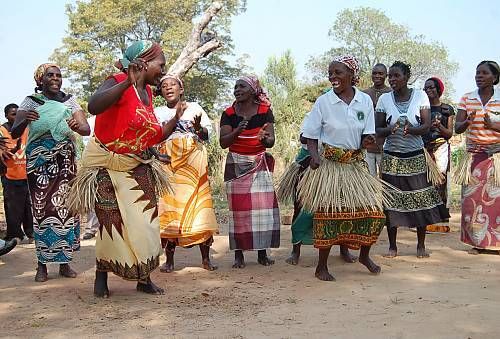premiumtix.net – Zimbabwe, a country located in Southeast Africa, is renowned for its rich cultural diversity, which is deeply rooted in its diverse ethnic groups. The country’s demographic landscape is predominantly African, with a significant presence of the Shona and Ndebele ethnic groups, among others.
The Shona and Ndebele: The Backbone of Zimbabwe’s Ethnic Diversity
The Shona people constitute the largest ethnic group in Zimbabwe, making up approximately 82% of the population. They are divided into several sub-groupings, including the Manyika, Zezuru, Karanga, Korekore, and Ndau. The Shona are known for their rich cultural heritage, which includes traditional music, dance, and art.
The Ndebele, the second-largest ethnic group, account for about 14% of the population. They are primarily located in the Matabeleland region of Zimbabwe. The Ndebele are known for their distinct cultural practices, including traditional attire and a unique style of pottery.
Other Ethnic Groups
In addition to the Shona and Ndebele, Zimbabwe is home to over 70 different ethnic groups, each contributing to the country’s cultural mosaic. These groups include the Tswana, Sotho, and Venda, among others. Each group has its own unique language, traditions, and customs, which enrich the cultural tapestry of Zimbabwe.
Language and Religion
Zimbabwe has 16 official languages, reflecting the country’s ethnic diversity. English is the official language, but Shona and Ndebele are also widely spoken. Christianity is the predominant religion, with various Christian denominations coexisting alongside traditional African religions and beliefs.
Conclusion
Zimbabwe’s ethnic diversity is a testament to its rich cultural heritage and historical influences. The country’s population, predominantly African, is a blend of the Shona and Ndebele, along with numerous other ethnic groups. This diversity is not just a demographic statistic but a vibrant aspect of Zimbabwe’s national identity, contributing to its unique cultural landscape.
